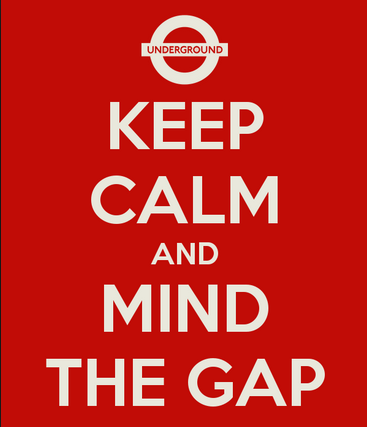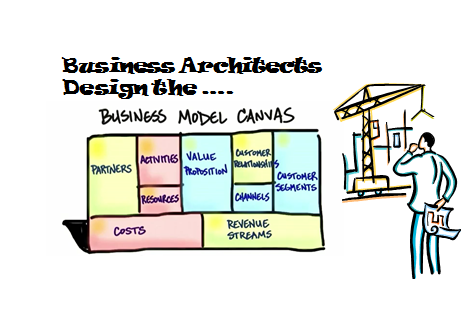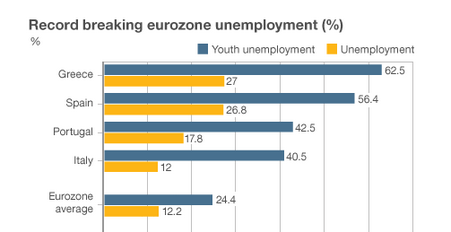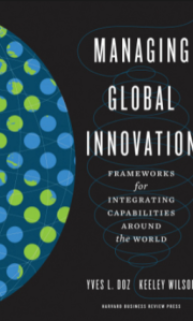When you stop and think about how innovation has been managed and understood over the years you soon realize how much has changed in this time. It is very significant, yet there is still much to do. Innovation understanding is changing, certainly for the better and as it shifts our perspectives on where knowledge resides as this is altering.
Today I think we are yet again at yet another crossroads in this innovation understanding and perspective. That is to extract the leading edges required from their innovation activities within organizations. This will require fresh innovation consulting business models to exploit the growing complexity of managing emerging innovation practice to support and extend their understanding.
I’m attempting to get my head around it, let me share some of my thinking here.
There has been a continual shift of where innovation knowledge resides. The external provider, who was the main source of latest insight, hands on practice and leading ideas in the past, I think have been significantly falling behind in recent years, on their contribution and value to organizations. Continue reading “Are we getting real value out of innovation consultants?”





